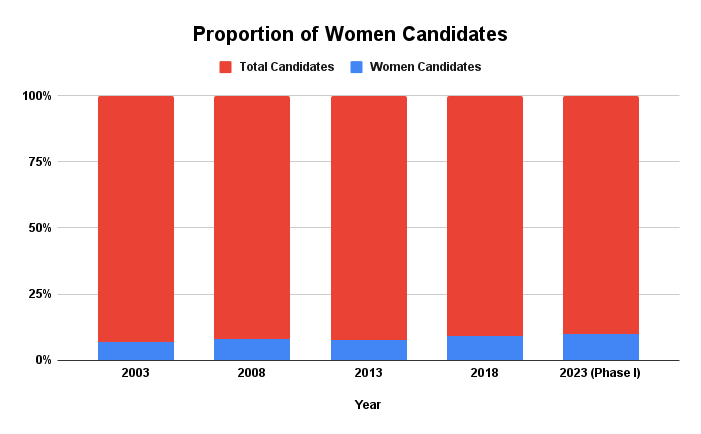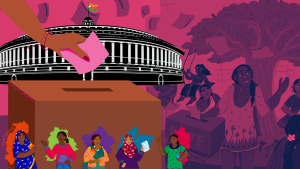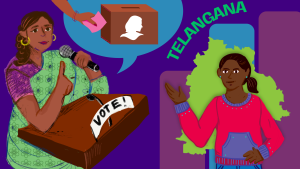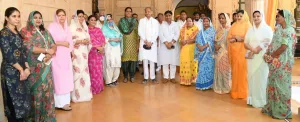[Readmelater]
Chhattisgarh: State With Highest Percentage of Women MLAs Gears Up For Elections
Since its first assembly election as a separate state in 2003, Chhattisgarh has seen a steady increase in the number of women contestants as well as the number of elected women representatives
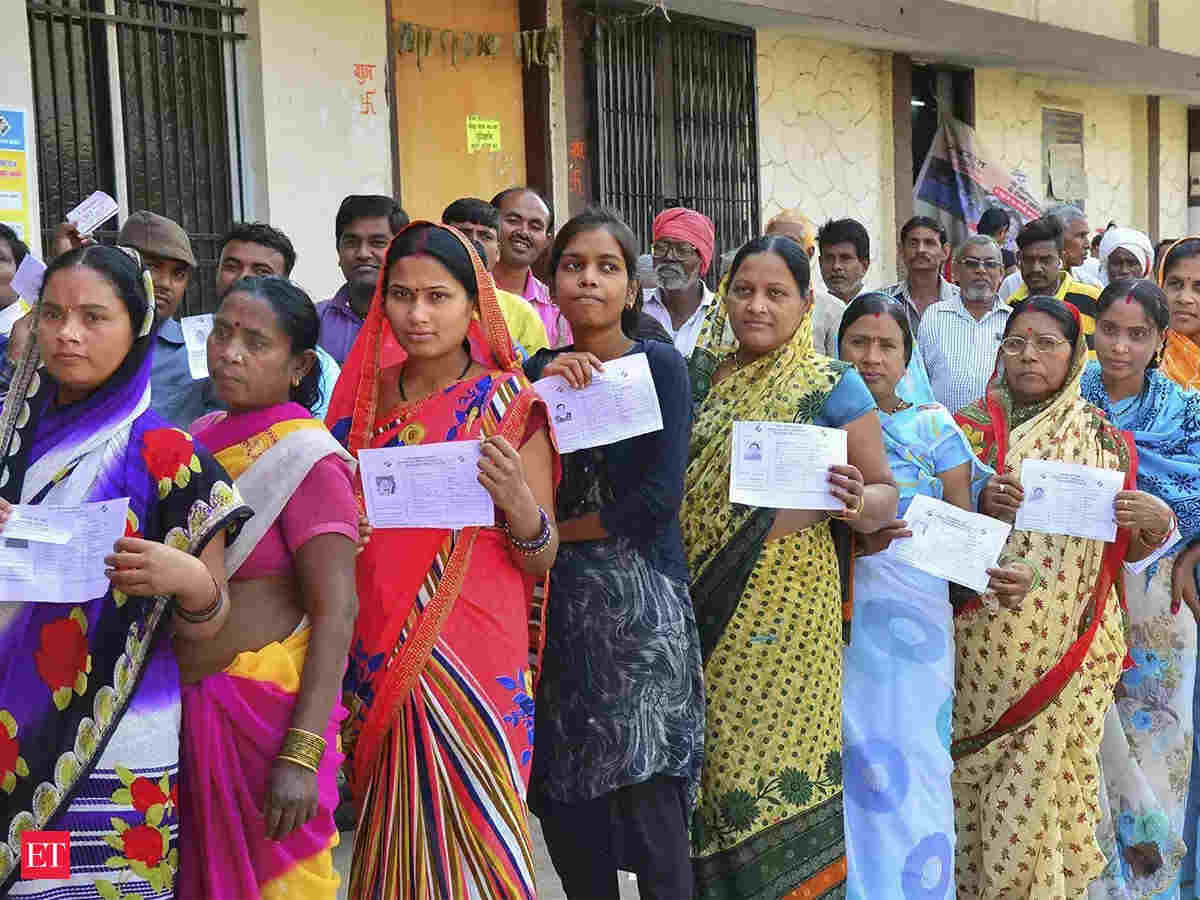
Photo Credits: PTI
Support BehanBox
We believe everyone deserves equal access to accurate news. Support from our readers enables us to keep our journalism open and free for everyone, all over the world.

